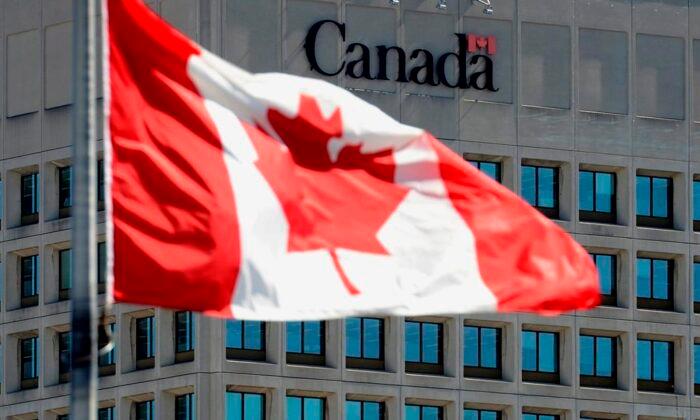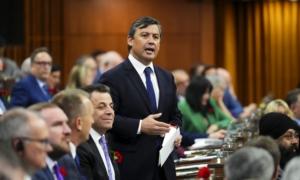Canada’s NATO commitment to spend 2 percent of its gross domestic product (GDP) on defence will leave the country in an increasingly “weak fiscal position,” according to a recent report.
Canada has been under pressure for some time to spend the minimum amount NATO member countries agreed to more than a decade ago.
Canada recommitted to reaching the 2 percent target at NATO’s annual meeting last summer in Lithuania, but that commitment may not be realistic. Canada simply does not have the funds it needs to earmark billions of dollars to meet its defence benchmark, according to analysis from the Fraser Institute.
“To uphold its pledge without seriously weakening an already tenuous fiscal position, Canada would need to shift spending away from new and expanded programs, and toward defence,” the report authors wrote.
“This is unlikely to happen given expected defence spending cuts, meaning the federal government is left in a lose-lose situation: add debt or disappoint allies.”
The Parliamentary Budget Officer in 2022 estimated the federal government would need to increase defence spending by as much as $18 billion per year over a five-year period to meet its 2 percent target.
The federal government is forecasting annual deficits totaling $143.8 billion in additional debt for 2023–2024 to 2026–2027. That means Ottawa will be “hard-pressed” to take on that level of defence spending without “adding significantly” to future deficits, the Fraser Institute report found.
Including increased defence spending into these forecasted budgets would necessitate diverting funding away from social programming or taking on more debt.
“Past spending shows the Trudeau government consistently prioritizes social programs over core government functions such as defence,” the authors wrote. “Assuming these priorities remain unchanged, Canada would need to finance the additional defence spending primarily through debt.”
The report estimated the federal deficit in 2023–2024 would increase from $40 billion to $55.5 billion if Canada were to spend 2 percent of its GDP on defence. To sustain the 2 percent target over the next three years, the deficit would grow by $14.5 billion in 2024–2025, $14.1 billion in 2025–2026, and $13 billion in 2026–2027.
“Attempting to meet the defence spending target by 2026-2027 would increase federal debt accumulation by $200.9 billion—a $57.1 billion increase compared to current projections,” the report said.
NATO Expectations
NATO Secretary-General Jens Stoltenberg, in a recent media interview, said the Canadian government has yet to set a date to meet its membership spending goal but expects Ottawa to make good on its commitment sooner rather than later.“I expect Canada to deliver on the pledge to invest 2 percent of GDP on defence, because this is a promise we all made,” Mr. Stoltenberg said. “Canada is a big economy, a member of the G7. Canada is the second largest country in the world with vast coastlines … So it really matters what Canada does.”
He referenced Ottawa’s announcements about increasing NORAD funding, plans to purchase F-35 fighter jets, and an increased presence in Latvia, saying the federal government is on the right track.
“All of this is good, all of this matters,” he said. “But of course, Canada should, as all other allies, deliver on the pledge to invest 2 percent, because we need that in a more dangerous world.”







